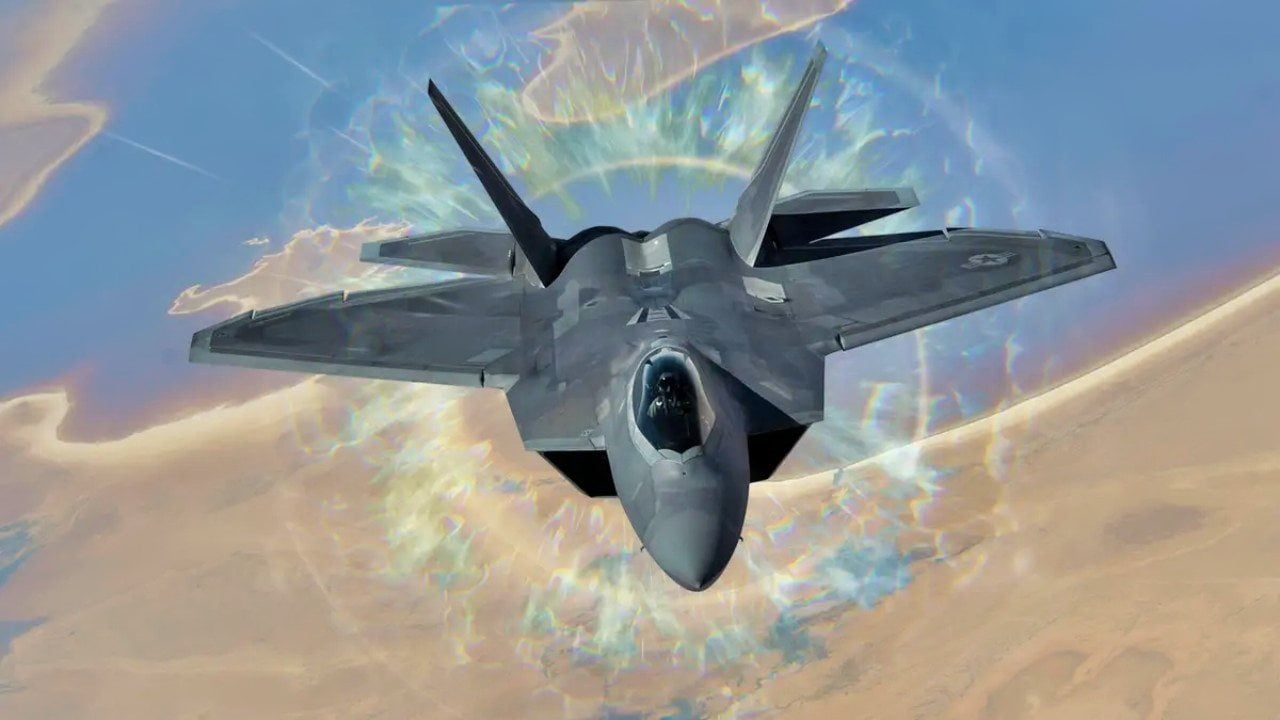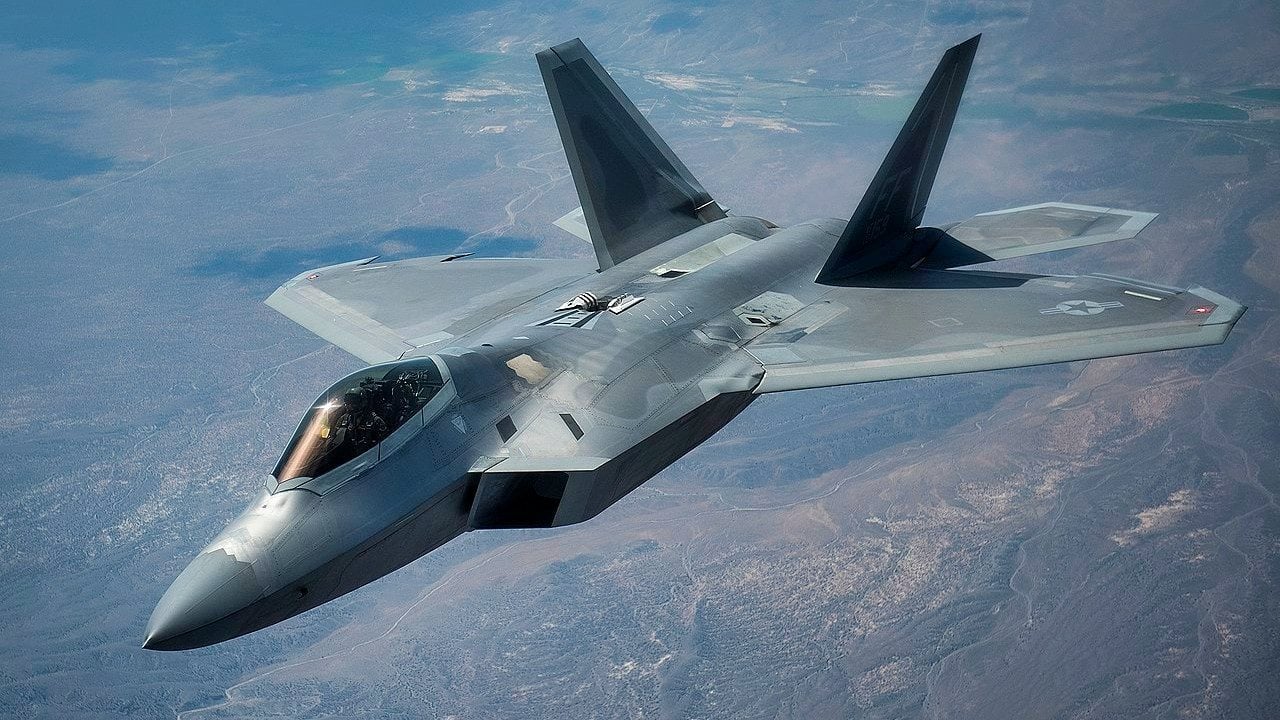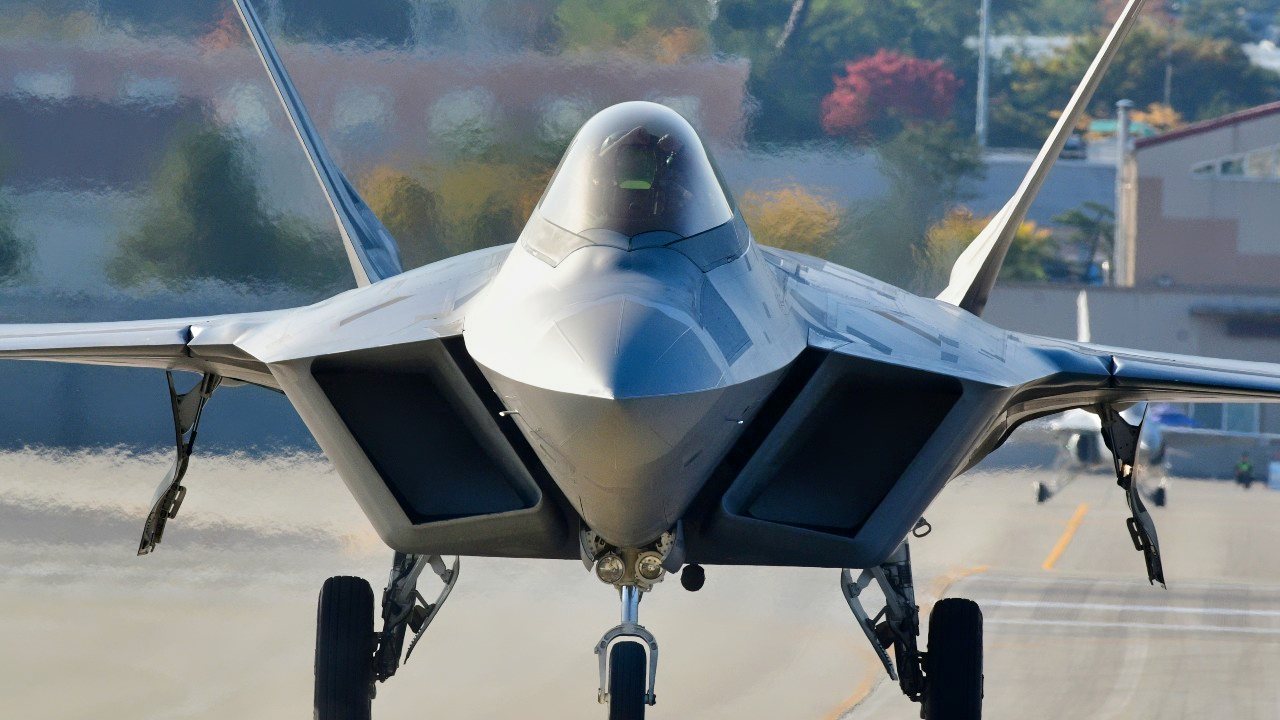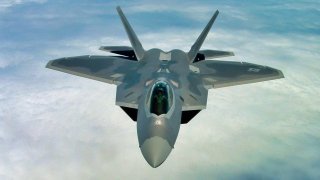The U.S. Air Force's F-22 Fighter Nightmare Has Begun
The F-22 Raptor, developed during the Cold War to counter the Soviet threat, became fully operational post-Cold War. Initially planned for 750 units, budget cuts reduced this to 186.
Summary: The F-22 Raptor, developed during the Cold War to counter the Soviet threat, became fully operational post-Cold War. Initially planned for 750 units, budget cuts reduced this to 186.

The F-22 Raptor Problem: What You Need To Know and Key Points
Despite its capabilities, the Raptor's production was halted due to the 2008 recession and shifting defense priorities under the Obama administration.
Today, the limited number of operational Raptors is a concern as the U.S. faces potential conflicts with near-peer rivals like China and Russia, highlighting the consequences of past policy decisions.
How Budget Cuts Shortchanged the F-22 Raptor Fleet
When the F-22A Raptor was built, the United States was in the throes of the Cold War. It was the Reagan administration and there was no guarantee, despite what the fortieth president claimed and believed, that the Soviets were going anywhere.
In fact, most of the US intelligence community believed firmly that the USSR would be plaguing U.S. foreign policy for decades to come at that point. During the Reagan years, there was not only a rejuvenation of the civilian economy and a flowering of the high-tech sector, but there was a concomitant propulsive growth in the US military.
This growth occurred at a time when the Soviets could not possibly keep up with the Americans. Outwardly, however, the Soviets appeared to be matching the Americans bullet-for-bullet and innovation-for-innovation.
Therefore, the Pentagon recognized the need to develop an air superiority fighter that both kept pace with the evolving Soviet threat as well as possibly leapt ahead of the Soviet Air Force’s capabilities at that point in time.
Thus, the F-22A Raptor was born.
A Brief History of the F-22 Raptor Fighter
The first successful fifth-generation warplane tested, the F-22 would not become fully operational until after the Soviet Union had unexpectedly collapsed and the Cold War had suddenly ended. With the end of the Cold War, the mission for the F-22 went from being able to counter and beat America’s peer rival, the USSR, to simply reinforcing America’s post-Cold War hegemomy.

After the Cold War, budgets began to tighten. The F-22 went ahead but the Air Force’s original plan to have 750 F-22A Raptors replace the fourth-generation warplane fleet was never going to happen. Nevertheless, the F-22 was built and, even at a reduced capacity, continued to prove itself to be a spectacular, next-generation warplane.
The only problem was that, in the 1990s and 2000s, the only real threats to the United States were a smattering of distant terrorist groups holed up in the caves of Afghanistan and the deep deserts of the Middle East as well as a few rogue states that were no real match for the potency of the F-22 and similar systems.
During the lifespan of the F-22, unfortunately, the 2008 Great Recession occurred which nearly sank the US economy and government.
Austerity measures were imposed by then-President Barack Obama which called for massive tightening of America’s elephantine defense budget. One of the first victims of those austerity measures was the F-22A Raptor. At the time that the Obama administration canceled the production line supporting the F-22 program, the Air Force ended up with only 186, with 130 of those birds being fully operational.
The Obama White House’s reasoning for the cancellation was that the US government had to tighten its belt just as the millions of US taxpayers were having to do in the aftermath of the Great Recession. Because the threat environment consisted of asymmetrical threats, mostly posed from non-state actors lacking an air force, President Obama believed the limited resources of the Air Force should be directed into building out the F-35 Lightning II, America’s other fifth-generation warplane (that was more than just an air superiority fighter).
The Return of History and Resurgence of Great Powers
Well, that decision would prove truly costly for the United States because, as it would turn out, during Obama’s presidency near-peer, great state rivals would indeed arise, such as China and Russia, to increasingly challenge America’s strategic position.
America was already walking down the path for a great power war and the F-22 would have been one of its greatest assets in such a conflict. Yes, the Air Force has 130 operational Raptors. But their limited size and lack of spares means that these birds will not have the same strategic punch that they were meant to have.
The Soviet threat unexpectedly disappeared. Unfortunately for America today, the policymakers in both parties in the aftermath of the Cold War, assumed that the US military would remain unchallenged by near-peer rivals.

History, after all, had ended, as Francis Fukuyama infamously proselytized in the 1990s. But history had not ended. It had merely taken a moment to rearm itself and come at us again.
With the prospects of a war with either Russia and/or China upon us today, a robust fleet of F-22A Raptors would have been instrumental in ensuring the United States could defeat such a threat. Now, critical gaps exist in America’s air war capabilities. Gaps that are unlikely to be adequately plugged either by the F-35 or other warplanes in the Air Force’s arsenal. That’s because the F-22 was meant for a world war with a near peer adversary. Washington never gets it right and we are going to pay for their short-sightedness.
About the Author
Brandon J. Weichert, a National Interest national security analyst, is a former Congressional staffer and geopolitical analyst who is a contributor at The Washington Times, the Asia Times, and The-Pipeline. He is the author of Winning Space: How America Remains a Superpower, Biohacked: China’s Race to Control Life, and The Shadow War: Iran’s Quest for Supremacy. His next book, A Disaster of Our Own Making: How the West Lost Ukraine, is due October 22 from Encounter Books. Weichert can be followed via Twitter @WeTheBrandon.
All images are Creative Commons.


